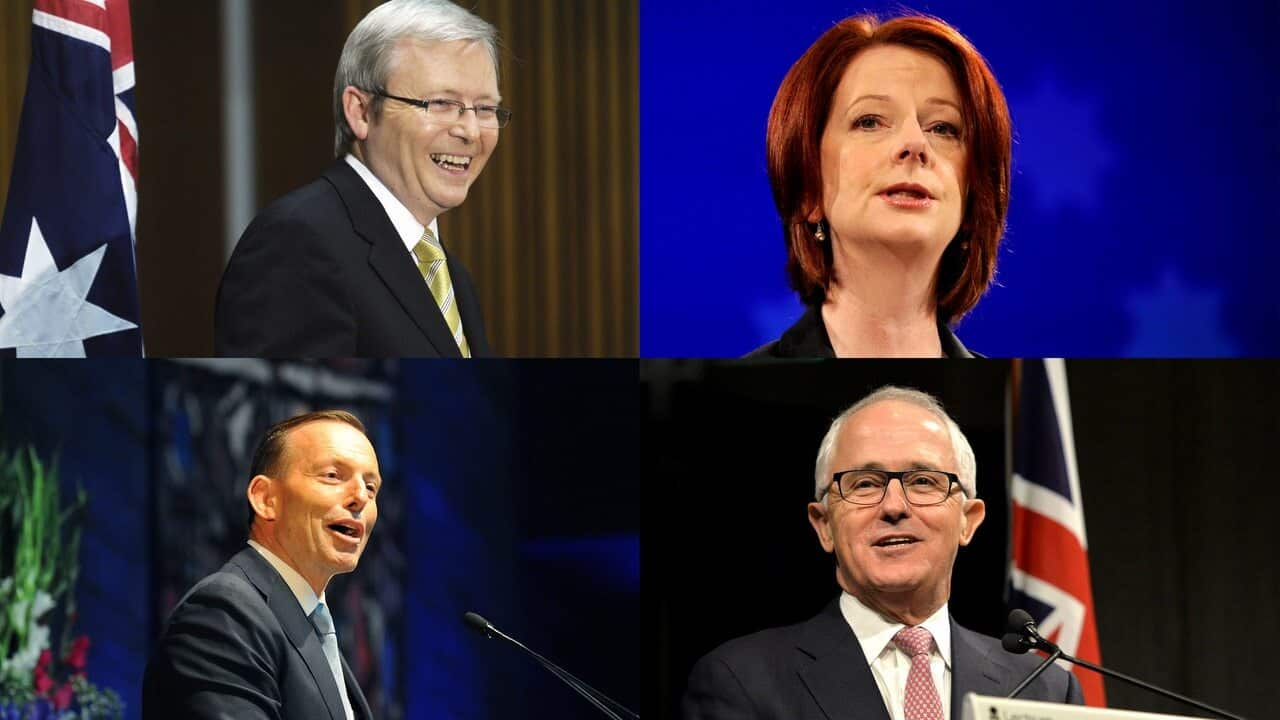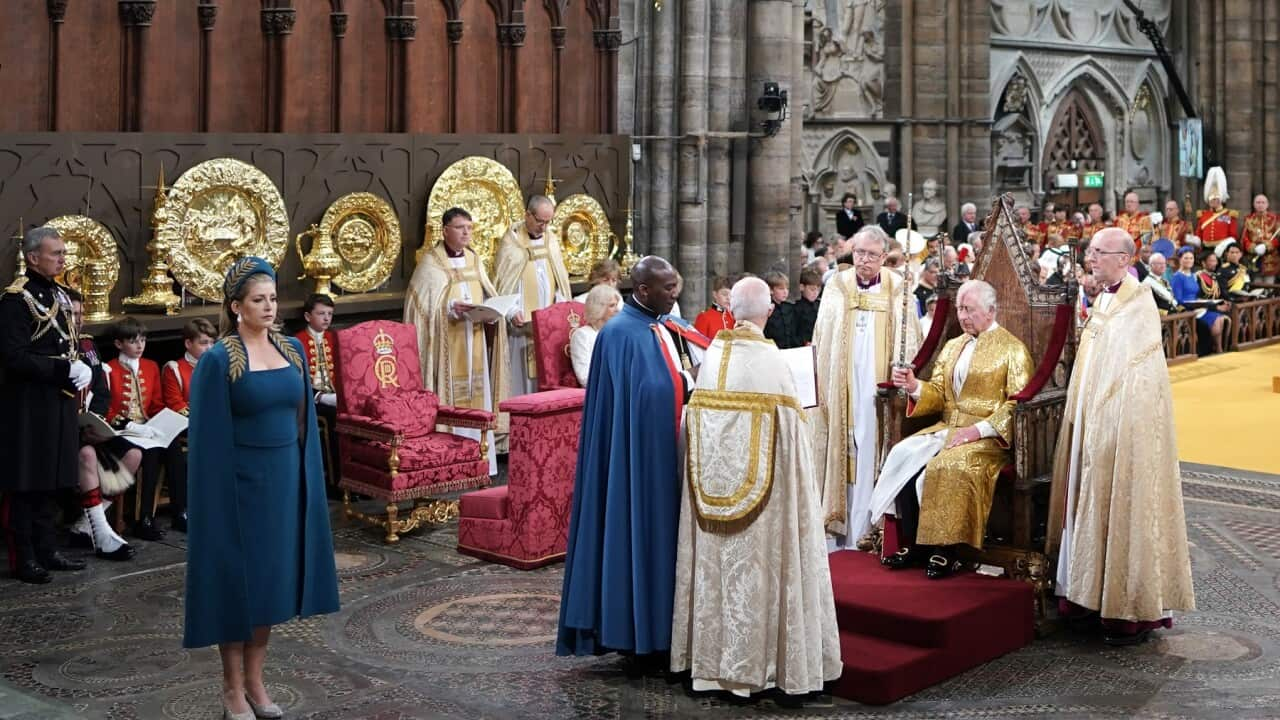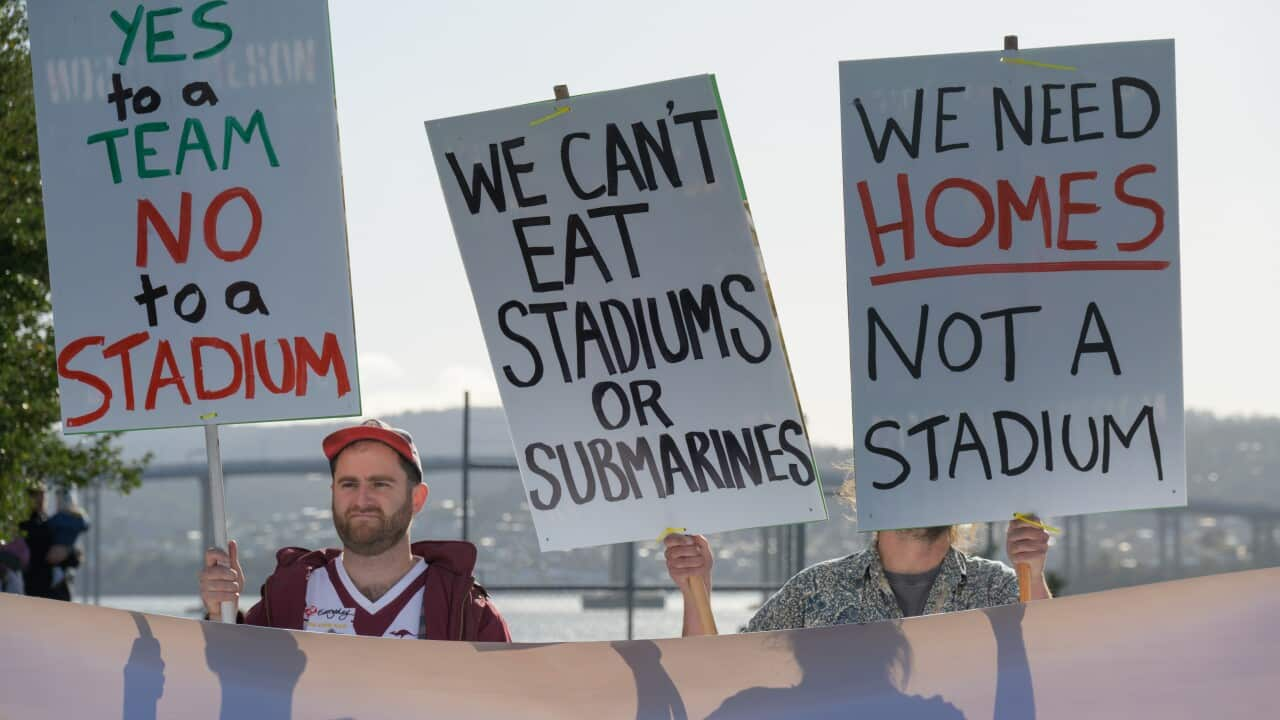After John Howard's four terms in office from 1996-2007, there have been five Prime Ministers.
First, it was the Labor Party in 2010 and 2013, with Julia Gillard toppling the incumbent Kevin Rudd, and then Mr Rudd seizing back the leadership from Ms Gillard.
Current Prime Minister Malcolm Turnbull stole the position from Tony Abbott during a leadership spill in September 2015.
'A very personal game'
John Hewson led the Liberal Party in the four years to 1994 and was at the helm when the Coalition was defeated at the 1993 federal election.
He then lost a leadership spill to Alexander Downer in 1994.

AAP
He said the political landscape has changed rapidly since then.
"Politics itself has just become a very personal game, very short-term, opportunistic, populist," he said.
"People concentrate more on themselves and what they can get out of the system, then making a contribution to good government. That's been a big trend in both major political parties."
The pattern of leadership spills
Traditional leadership challenges often follow a particular formula.
When there is strong discontent within the party room, the leader of the party is forced to convene a meeting.
All members of the party attend and all positions are declared vacant.
Nominations are called for leader and deputy leader of the party.
Whoever receives more than 50 per cent of the party room vote becomes the leader.
'A slap in the face for Australian public'
Queensland Labor Premier Annastacia Palaszczuk said there is another unusual facet of this spill.
"To adjourn parliament is a slap in the face to the Australian public. I haven't seen the likes of that happen before, and let's hope that the turmoil ends in Canberra, and our federal parliamentarians can get back to their jobs."
Under the Westminster political system, Australians vote for the party, not the prime minister.

AAP
It's up to the party in power to elect their own leader and by doing so, decide who will fill the top spot.
Within the Coalition, the leader of the Liberals becomes prime minister, while the Nationals' leader becomes deputy prime minister.
The ANU's John Hewson says, despite this, voters have an expectation that the government they elect will be the government that serves them.
"The expectation of the electorate is that if the government's going to change, they want to change it," he said.
"They want to be part of the process of changing it, not have someone inflicted upon them that they wouldn't have otherwise supported."




